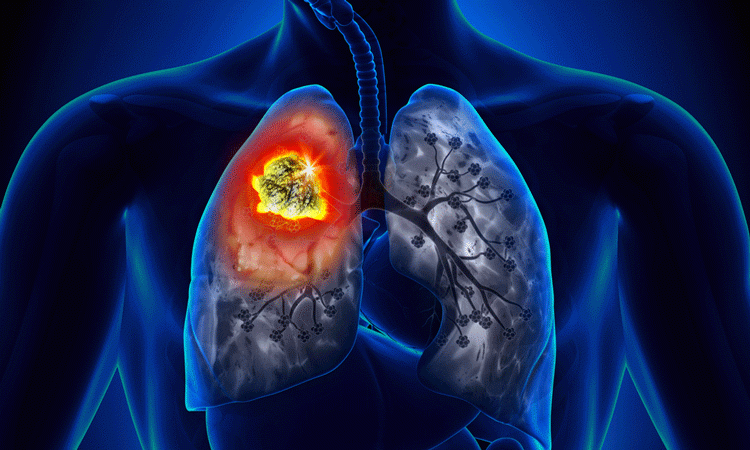Chemotherapy resistance pathway identified for NSCLC
Posted: 23 September 2019 | Victoria Rees (Drug Target Review) | No comments yet
A study has discovered the mechanism behind NSCLC resistance to chemotherapy, which could improve treatment strategies for the condition.


Researchers have identified a pathway that cancer cells utilise in resistance to treatments. They say that therapeutic interventions directed at this process may improve non-small cell lung cancer (NSCLC) tumour susceptibility to chemotherapies.
The study was conducted at the Medical College of Georgia and Georgia Cancer Center at Augusta University, US. The team report that lung cancer cells contain high levels of the molecule TIMP-1, which increases the expression of an immune system modulator.
The team investigated whether TIMP-1 enabled cancer cells to reject chemotherapy drugs. However, they did not observe this and instead found high levels of IL-6, a sugar-coated protein associated with resistance to chemotherapy.
“We have shown for the first time that if TIMP-1 goes up, IL-6 goes up and if TIMP-1 goes down, IL-6 decreases… and we have shown it in multiple different ways,” says Dr Amyn Rojiani, co-author of the study.
Adding TIMP-1, they revealed that IL-6 levels grew and cell survival rate rose”
The study used human NSCLC cells and identical cells with TIMP-1 knocked out. Administering two frontline chemotherapeutic agents, gemcitabine and cisplatin, they found that in cells with no TIMP-1, IL-6 production reduced and cell death increased.
“We gave the two chemotherapy drugs and when we looked at the effect of those drugs we found that TIMP-1 was affecting apoptosis in cell lines and when we knocked it down, we found more apoptosis even in the presence of these drugs,” says Dr Mumtaz Rojiani, one of the co-authors. “So we know TIMP-1 is affecting apoptosis.”
Adding TIMP-1, they revealed that IL-6 levels grew and cell survival rate rose. Using antibodies to neutralise TIMP-1 reduced the levels of IL-6. The researchers also found that the cancer cells which survived were even more resistant to treatment.
The team next looked downstream at the IL-6 signalling pathway, which includes STAT3, a regulator of gene activity. STAT3 is known to be involved in controlling cell growth and division, movement and apoptosis, all of which cancer uses. With high levels of IL-6, they observed STAT3 move into the cell nucleus, meaning it was also activated.
They next used the Cancer Genome Atlas database to investigate whether this occurrence was present in patients. They found that patients with NSCLC who had both low TIMP-1 and IL-6 had higher survival rates and that the two genes were commonly elevated together.
The team say that next steps include examining exactly how STAT3 helps to reduce apoptosis and whether it activates more TIMP-1.
The findings were published in Cancers.
Related topics
chemotherapy, Drug Targets, Oncology, Research & Development
Related conditions
Non-small cell lung cancer (NSCLC)
Related organisations
Georgia Cancer Center at Augusta University, Medical College of Georgia at Augusta University
Related people
Dr Amyn Rojiani, Dr Mumtaz Rojiani



